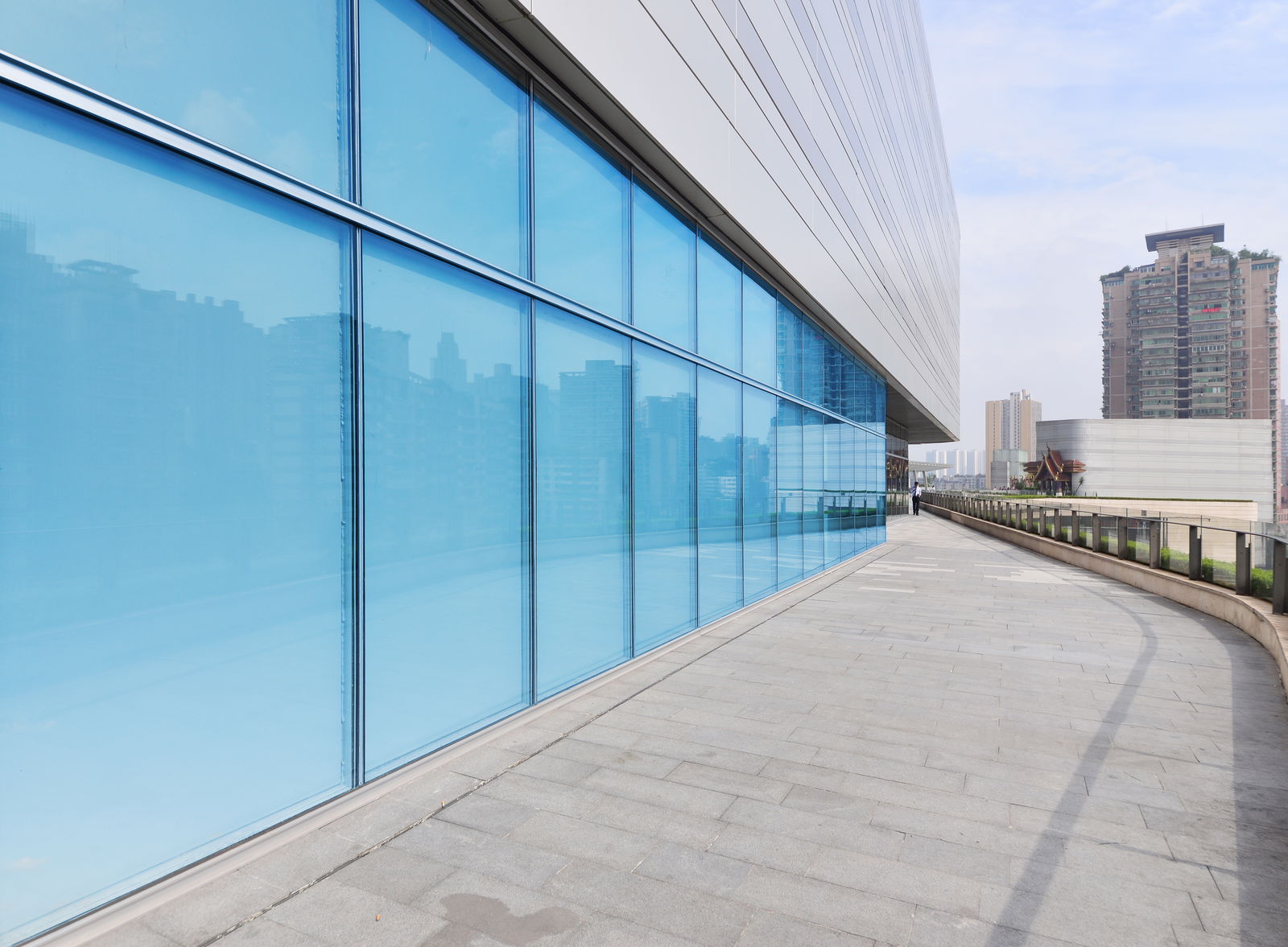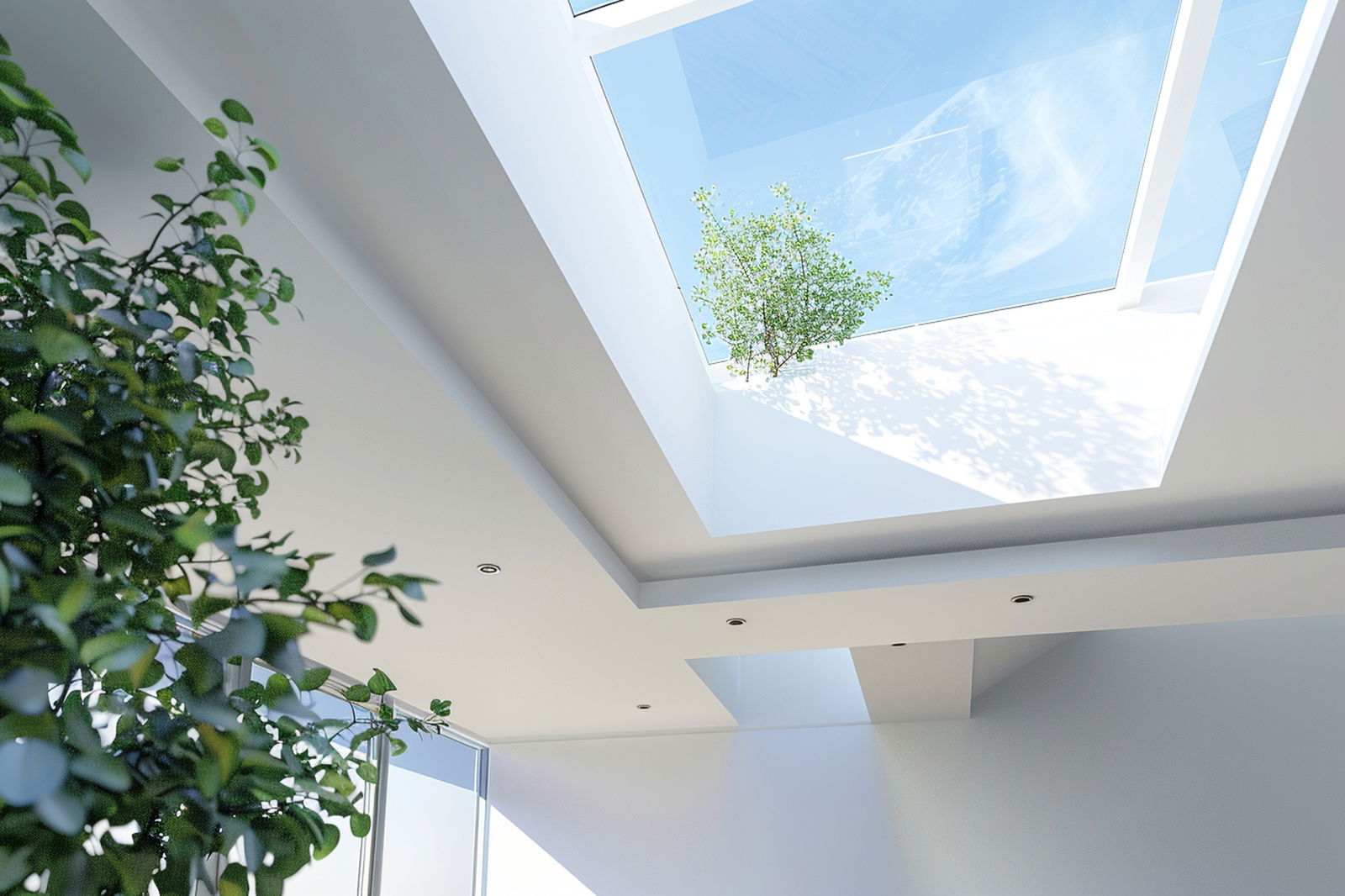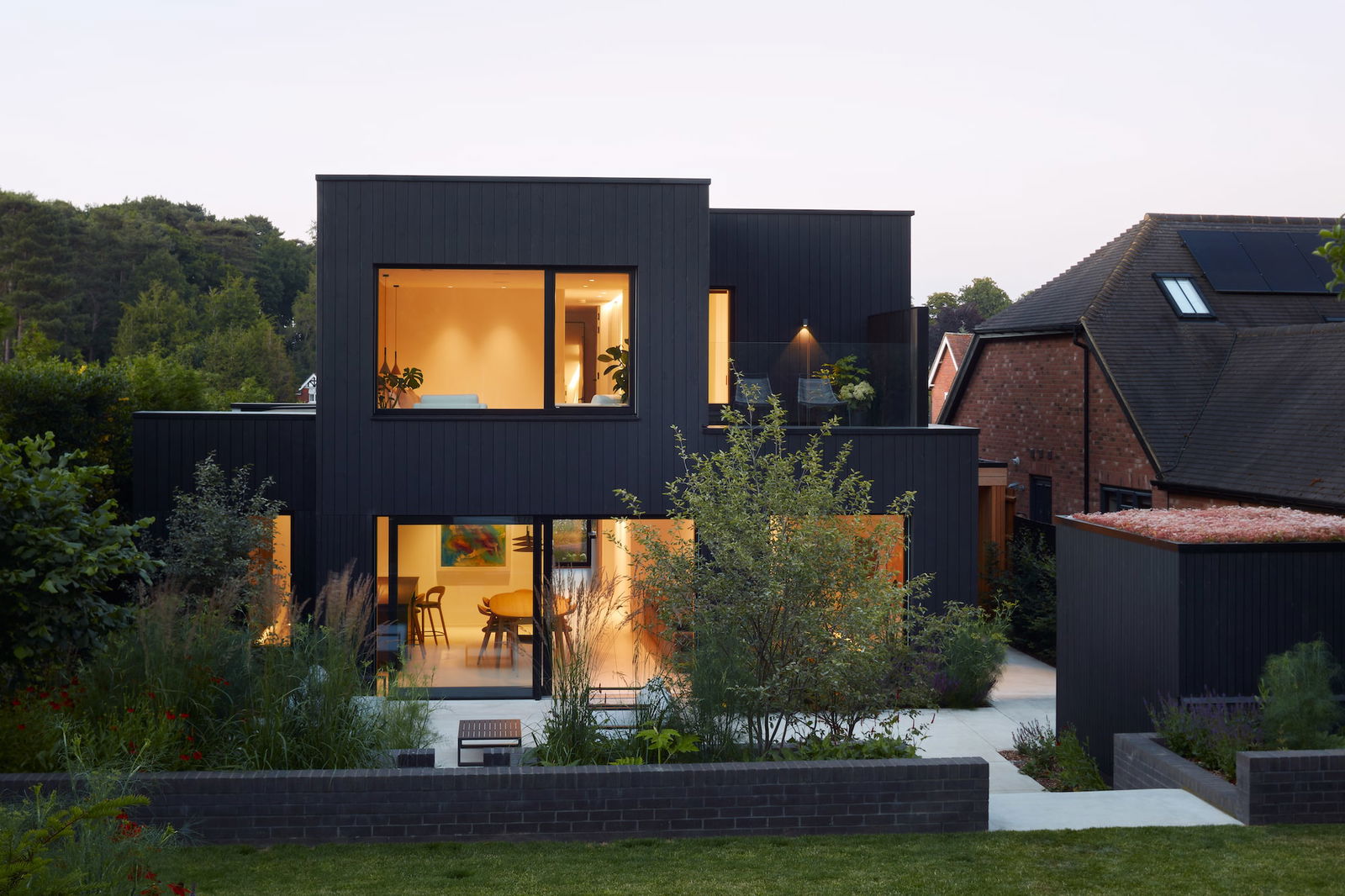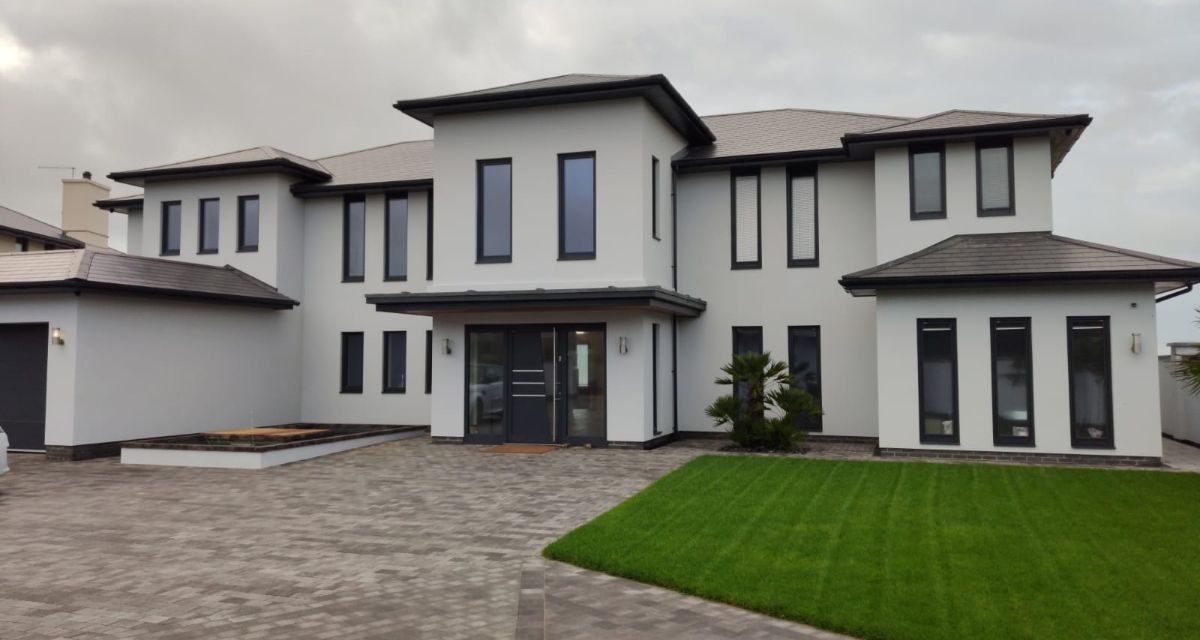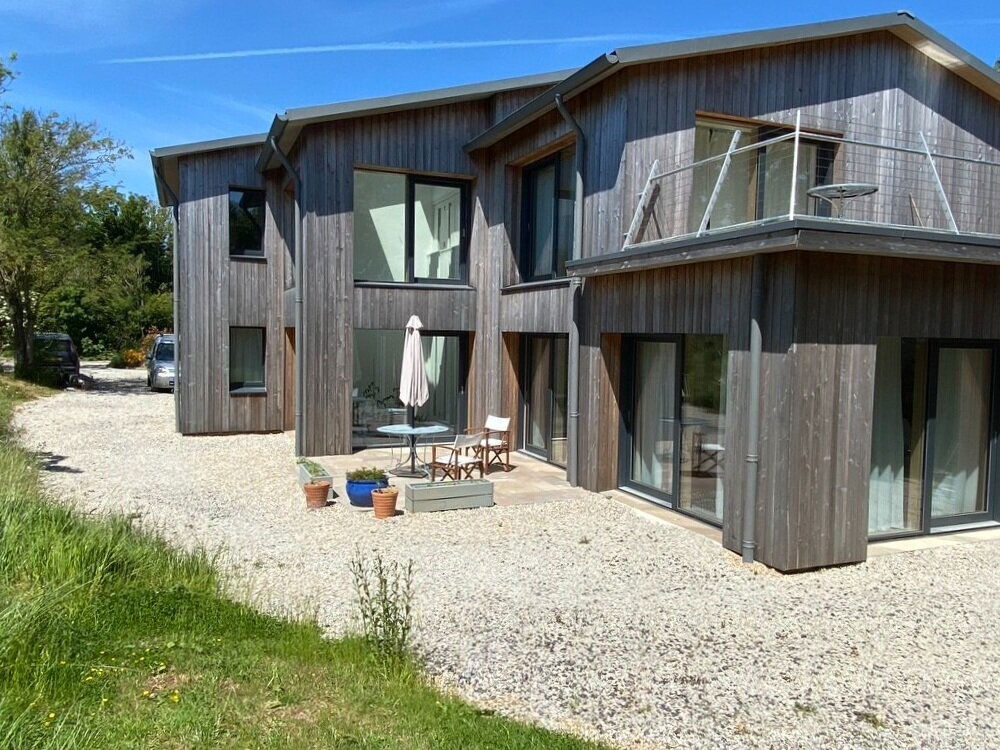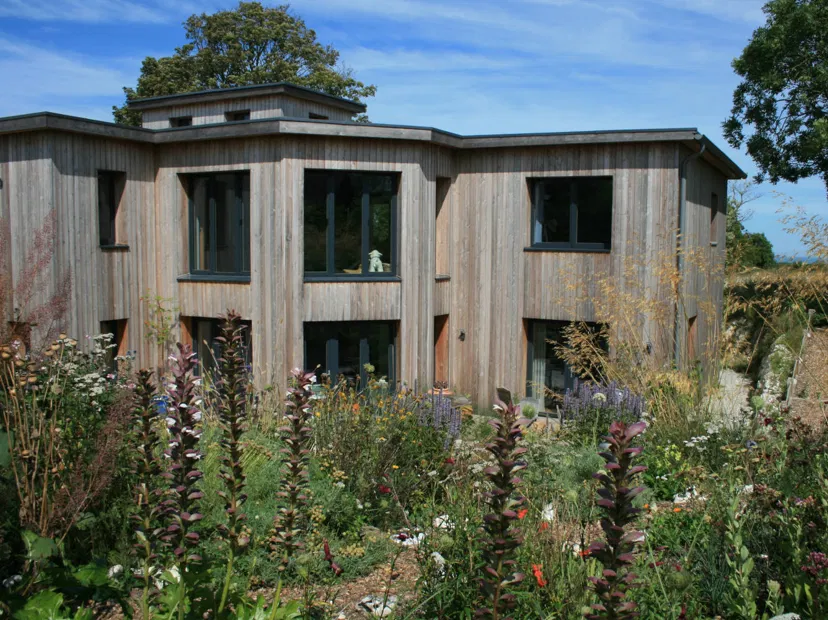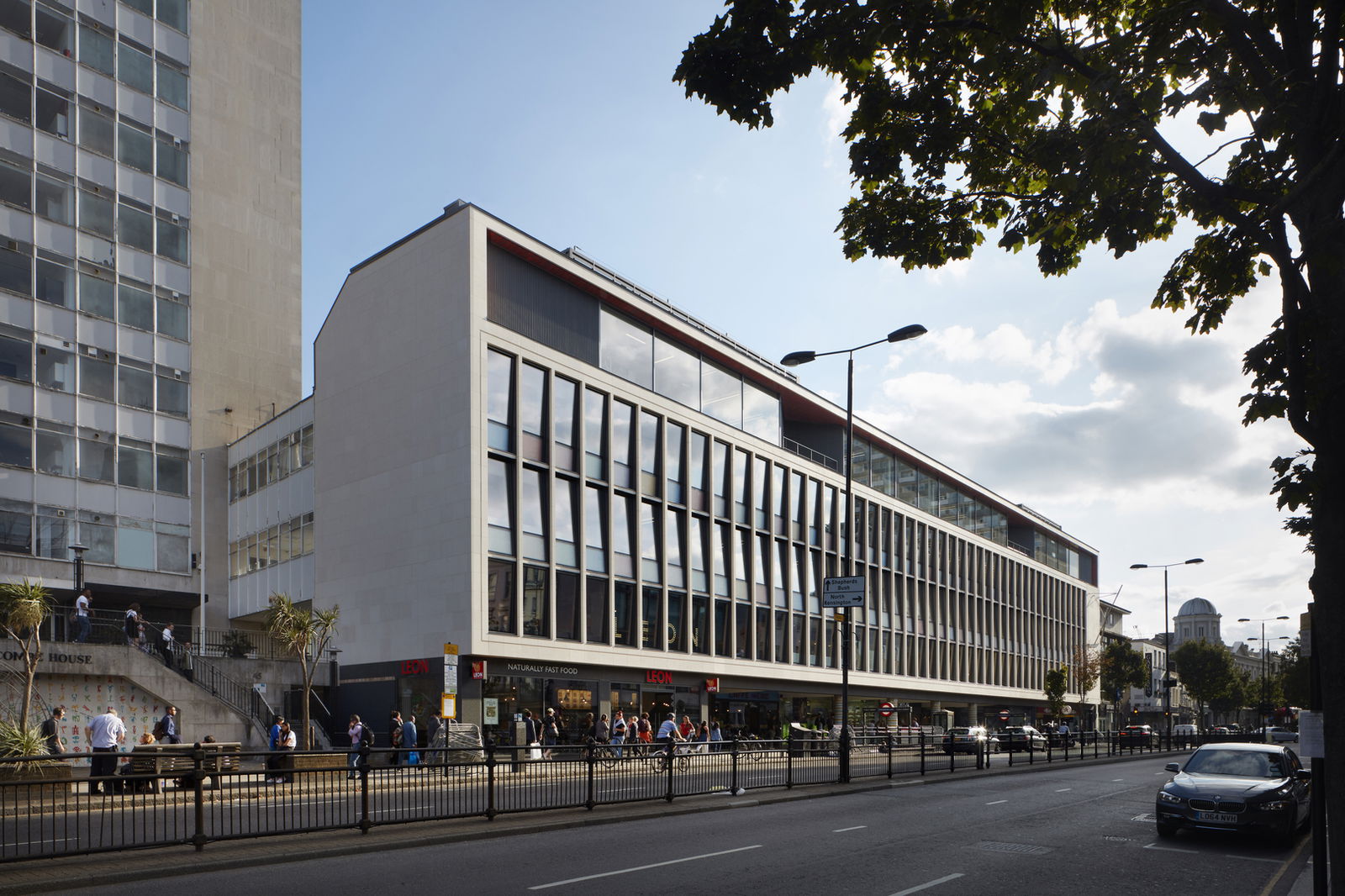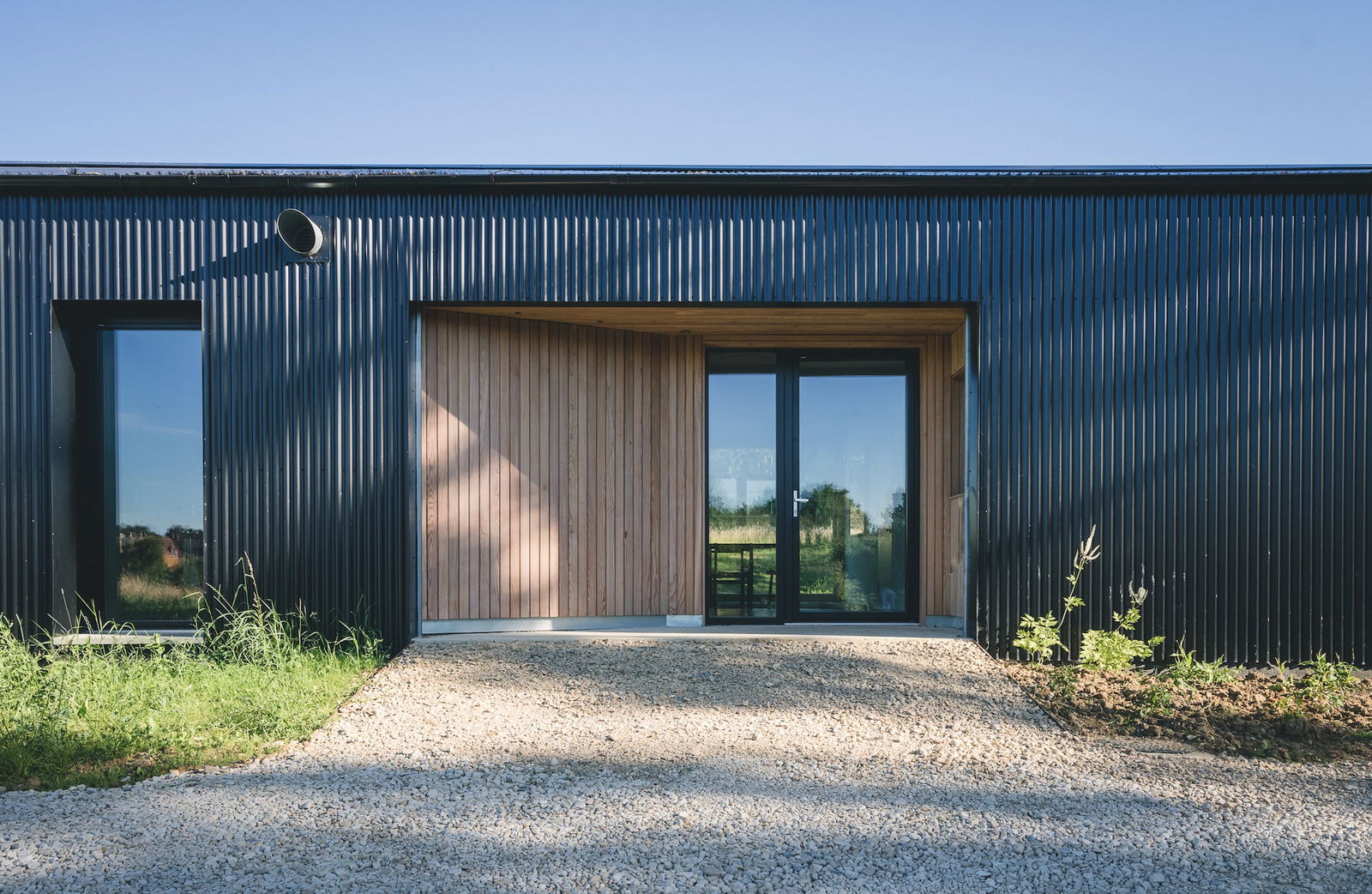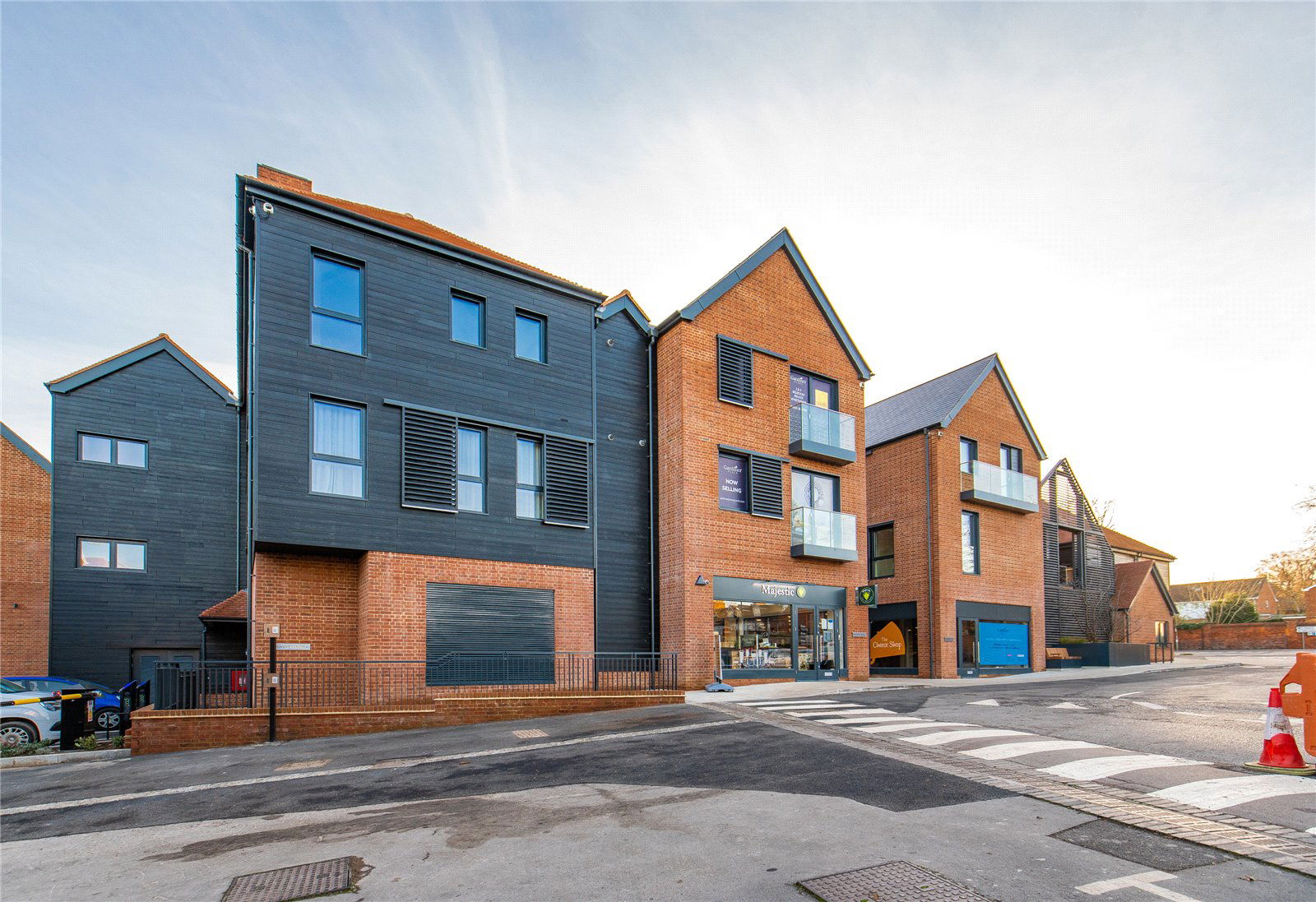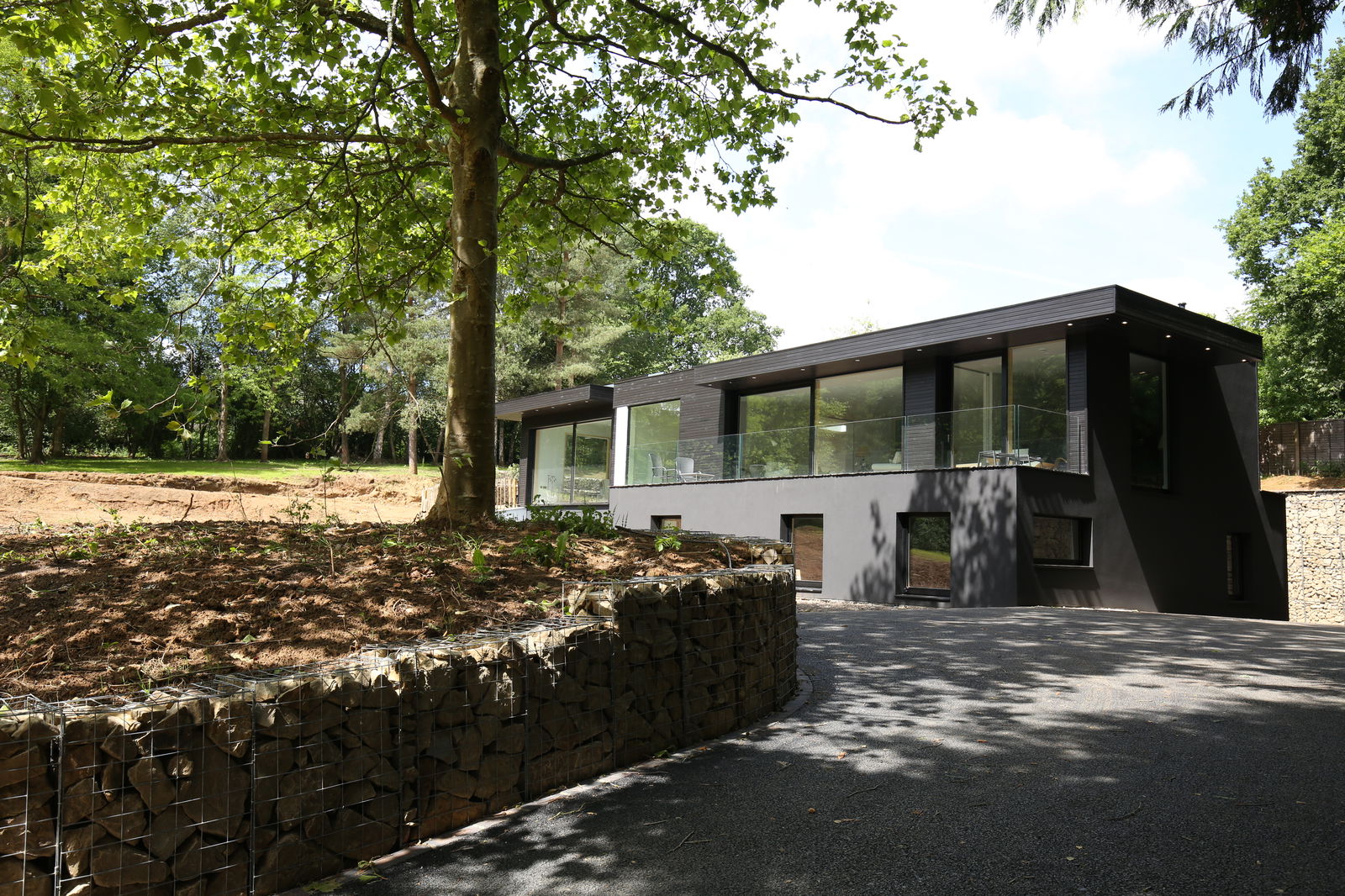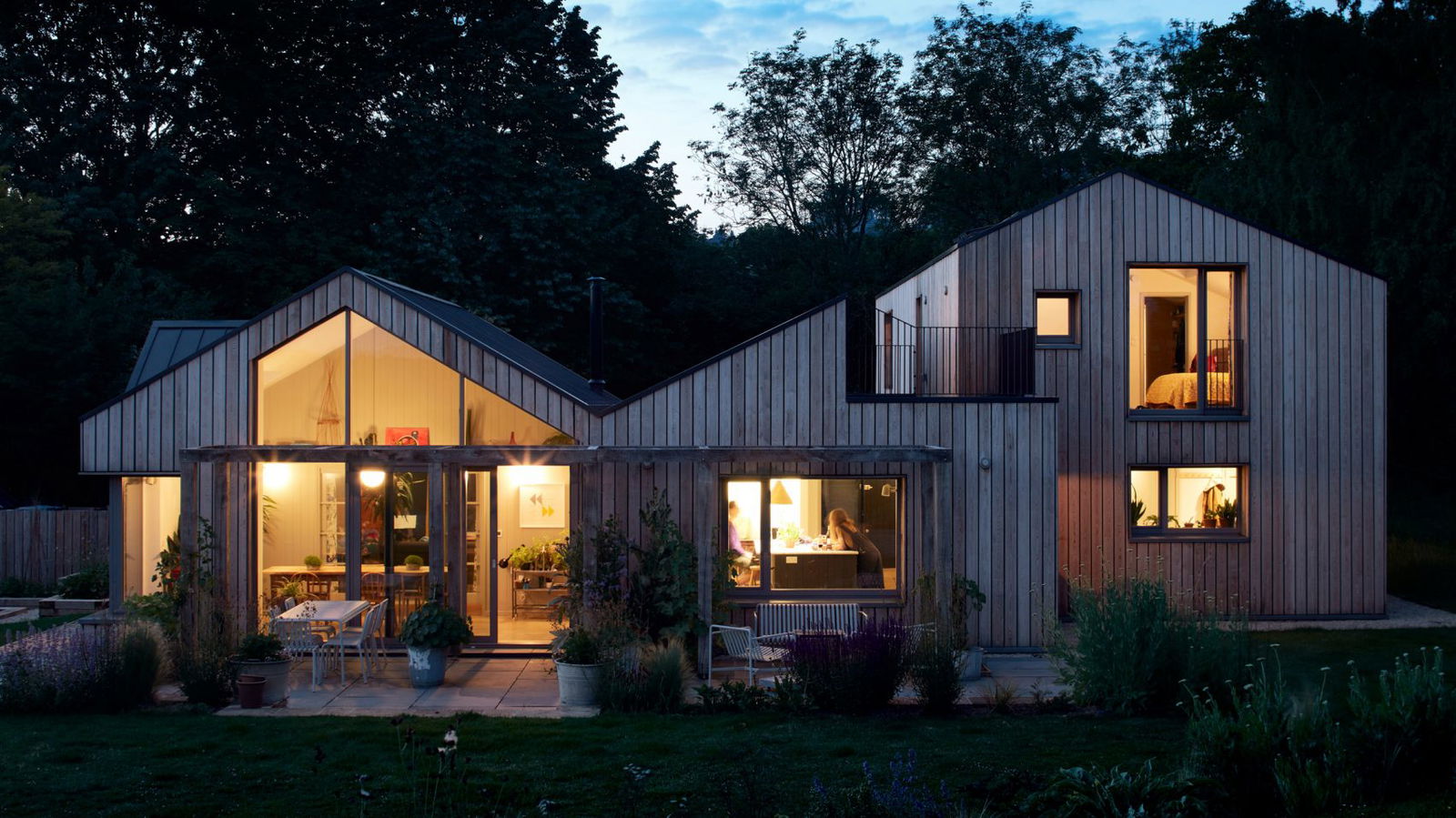Understanding Different UK Construction Project Types
Our UK construction guide breaks down self-builds, renovations, conversions, commercial projects, and more. Learn the definitions, characteristics, and important factors for each type.

Types of Construction Projects in the UK
Construction projects in the UK come in many shapes and sizes, from transforming existing spaces to building entirely new structures. Whether you're a homeowner planning a dream home, a developer working on a new estate, or a business owner upgrading your premises, understanding the different types of construction projects is essential. In this guide, we explore the main categories and what makes each unique.
1. Self-Build Projects
- Definition: Building a new home designed to the owner's specifications, often from scratch.
- Characteristics: Owner controls design, layout, and materials. Can be managed directly or through contractors.
- Considerations: Planning permission, budget control, reliable contractors, and compliance with building regulations.
2. Extensions
- Definition: Adding extra space to an existing property, such as a rear, side, or double-storey extension.
- Types: Rear extensions, side extensions, wrap-around extensions, double-storey extensions.
- Considerations: Planning permission, structural integrity, matching the existing design, and building regulations.
3. Full Renovation
- Definition: Overhauling an existing property, including structural changes, layout updates, and modernisation.
- Key Aspects: Replacing walls, flooring, roofing, plumbing, windows, doors and electrical systems.
- Challenges: Hidden issues, asbestos in older buildings, and compliance with modern standards.
4. Loft Conversions
- Definition: Transforming an attic space into a functional room.
- Types: Dormer conversions, hip-to-gable, mansard, and roof light conversions.
- Considerations: Structural integrity, insulation, and fire safety.
5. Basement Conversions
- Definition: Transforming an existing basement into usable living space.
- Uses: Home cinema, gym, wine cellar, bedrooms, or living areas.
- Challenges: Waterproofing, ventilation, structural integrity.
6. Garage Conversions
- Definition: Converting an existing garage into a habitable space.
- Uses: Bedroom, office, playroom, or studio.
- Considerations: Insulation, lighting, and building regulations.
7. Conservatories and Orangeries
- Definition: Glazed extensions providing additional living space.
- Types: Conservatories (mostly glass), orangeries (solid walls with a glazed roof lantern).
- Considerations: Planning permission, thermal efficiency, and material choice.
8. Commercial Fit-Outs and Refurbishments
- Definition: Transforming commercial spaces to meet business needs.
- Types: Cat A (basic setup), Cat B (customised interiors).
- Considerations: Fire safety, accessibility, and brand consistency.
9. New Build Developments
- Definition: Large-scale projects with multiple residential or commercial units.
- Key Aspects: Land acquisition, phased construction, planning approval, and sustainability.
10. Modular or Prefabricated Construction
- Definition: Assembling prefabricated modules on-site for quick, efficient building.
- Advantages: Speed, cost efficiency, reduced waste.
- Uses: Residential homes, schools, hospitals, and temporary buildings.
Choosing the Right Windows and Doors for Your Project
Each type of construction project has unique requirements for windows and doors, from energy-efficient glazing for new builds to traditional timber designs for heritage renovations.
AT-ECO Windows & Doors offers a wide range of solutions, including uPVC, aluminium, timber, and advanced Internorm systems.
Conclusion
Understanding the different types of construction projects can help homeowners, developers, and businesses make informed decisions and plan effectively. Whether you're building from scratch, transforming an existing space, or upgrading a commercial property, having the right knowledge and trusted suppliers is essential.
Related Blogs
Working closely with architects, builders, and homeowners, we’ve delivered systems that combine thermal efficiency, modern aesthetics, and long-term durability—across private residences, sustainable developments, and architect-led designs.
Whether you’re building a contemporary home or restoring a rural property, choosing sustainable timber windows and doors makes sense—both for you and the planet.





